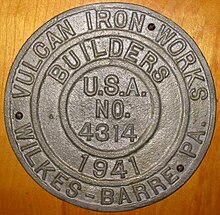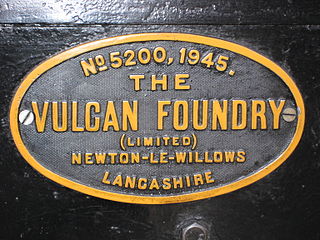
The Vulcan Foundry Limited was an English locomotive builder sited at Newton-le-Willows, Lancashire.

Foster, Rastrick and Company was one of the pioneering steam locomotive manufacturing companies of England. It was based in Stourbridge, Worcestershire, now West Midlands. James Foster, an ironmaster, and John Urpeth Rastrick, an engineer, became partners in 1816, forming the company in 1819. Rastrick was one of the judges at the Rainhill Trials in 1829. The company was dissolved on 20 June 1831.
Tulk and Ley was a 19th-century iron mining company in west Cumberland which also ran an engineering works at Lowca near Whitehaven.
Haigh Foundry was an ironworks and foundry in Haigh, Lancashire, which was notable for the manufacture of early steam locomotives.

Neilson and Company was a locomotive manufacturer in Glasgow, Scotland.

Thomas Green & Son, Ltd. were engineers who manufactured a wide range of products at the Smithfield Foundry, Leeds, United Kingdom

Sir Francis Ley, 1st Baronet was an English industrialist. He founded Ley's Malleable Castings Vulcan Ironworks in Derby. He (re-)introduced baseball into the United Kingdom town of Derby with the Ley's Recreation Club and owned Ley's Recreation Centre from 1890 to 1924, which was home to Derby County Football Club.
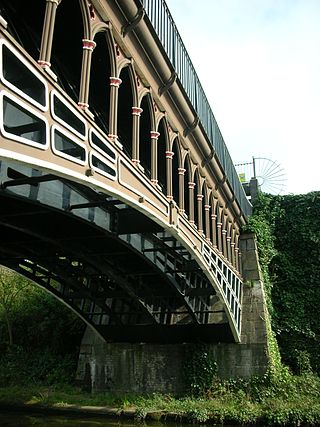
The Horseley Ironworks was a major ironworks in the Tipton area in the county of Staffordshire, now the West Midlands, England.

Scott Brothers Limited was an engineering firm in Christchurch, New Zealand.
Markham & Co. was an ironworks and steelworks company near Chesterfield, Derbyshire, England.

The Z18 class was a class consisting of six 0-6-0T steam tank locomotives built by Vulcan Foundry for the New South Wales Government Railways of Australia.
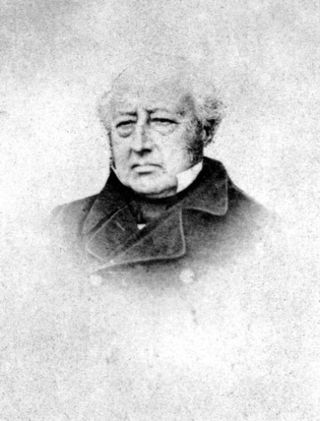
Edward Bury was an English locomotive manufacturer. Born in Salford, Lancashire, he was the son of a timber merchant and was educated at Chester.

W & J Galloway and Sons was a British manufacturer of steam engines and boilers based in Manchester, England. The firm was established in 1835 as a partnership of two brothers, William and John Galloway. The partnership expanded to encompass their sons and in 1889 it was restructured as a limited liability company. It ceased trading in 1932.

Robinson Thwaites was a nineteenth-century mechanical engineer and mill-owner in Bradford, Yorkshire. His companies included at different times Robinson Thwaites and Co, Thwaites and Carbutt and Thwaites Brothers.

Bolckow, Vaughan & Co., Ltd was an English ironmaking and mining company founded in 1864, based on the partnership since 1840 of its two founders, Henry Bolckow and John Vaughan. The firm drove the dramatic growth of Middlesbrough and the production of coal and iron in the north-east of England in the 19th century. The two founding partners had an exceptionally close working relationship which lasted until Vaughan's death.

William Roberts and Company of Phoenix Foundry in Nelson, Lancashire, England, produced many of the steam engines that powered cotton weaving and spinning mills of Pendle and neighbouring districts. Industrial historian Mike Rothwell has called Phoenix foundry “Nelson’s most significant engineering site”.

The Low Moor Ironworks was a wrought iron foundry established in 1791 in the village of Low Moor about 3 miles (4.8 km) south of Bradford in Yorkshire, England. The works were built to exploit the high-quality iron ore and low-sulphur coal found in the area. Low Moor made wrought iron products from 1801 until 1957 for export around the world. At one time it was the largest ironworks in Yorkshire, a major complex of mines, piles of coal and ore, kilns, blast furnaces, forges and slag heaps connected by railway lines. The surrounding countryside was littered with waste, and smoke from the furnaces and machinery blackened the sky. Today Low Moor is still industrial, but the pollution has been mostly eliminated.
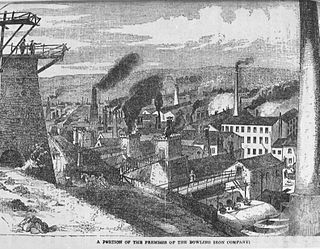
The Bowling Iron Works was an iron working complex established around 1780 in the district of East Bowling part of the township and manor of Bowling, now in the southeast of Bradford in Yorkshire, England. The operation included mining coal and iron ore, smelting, refining, casting and forging to create finished products.
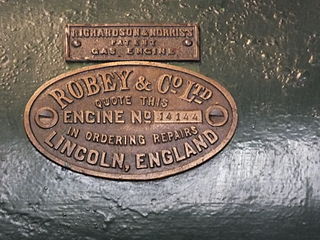
Robey and Co. was an engineering company based in Lincoln, Lincolnshire, England which can be traced back to around 1849.




